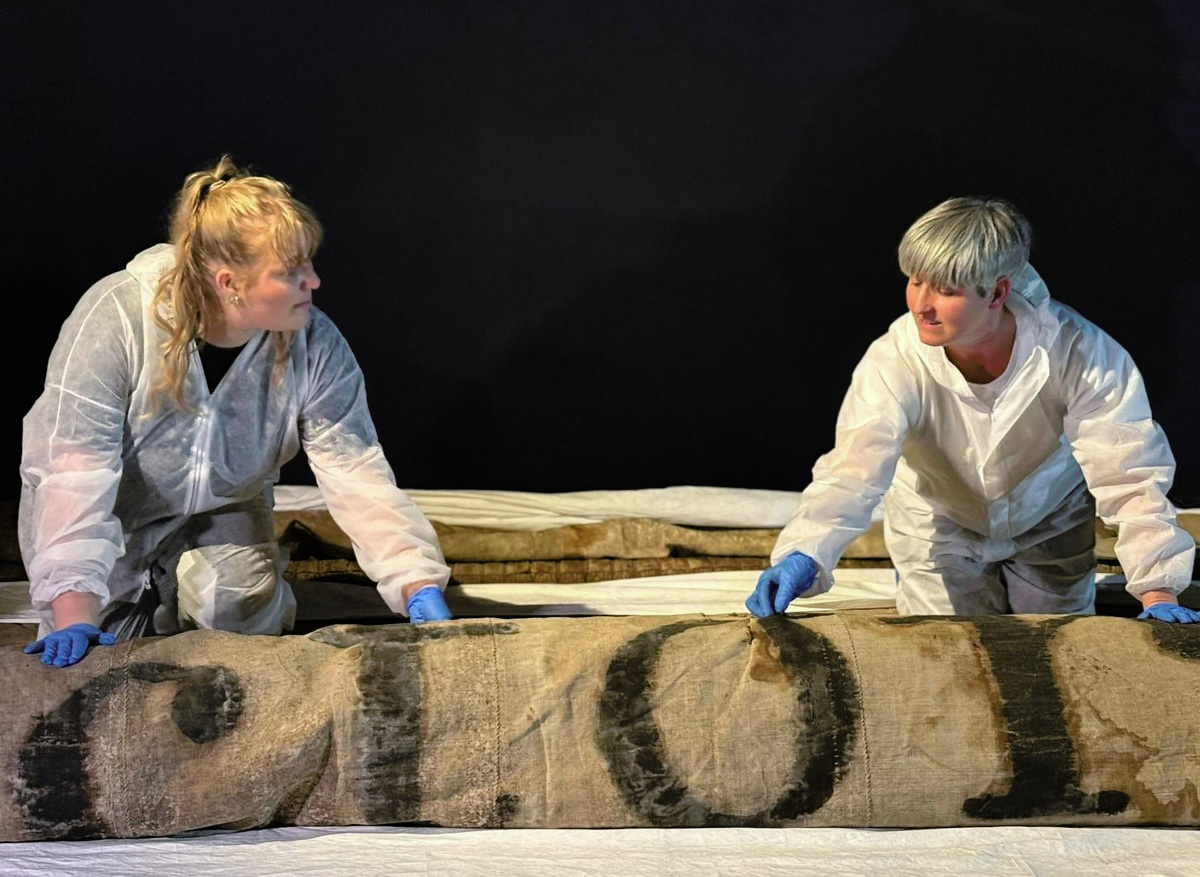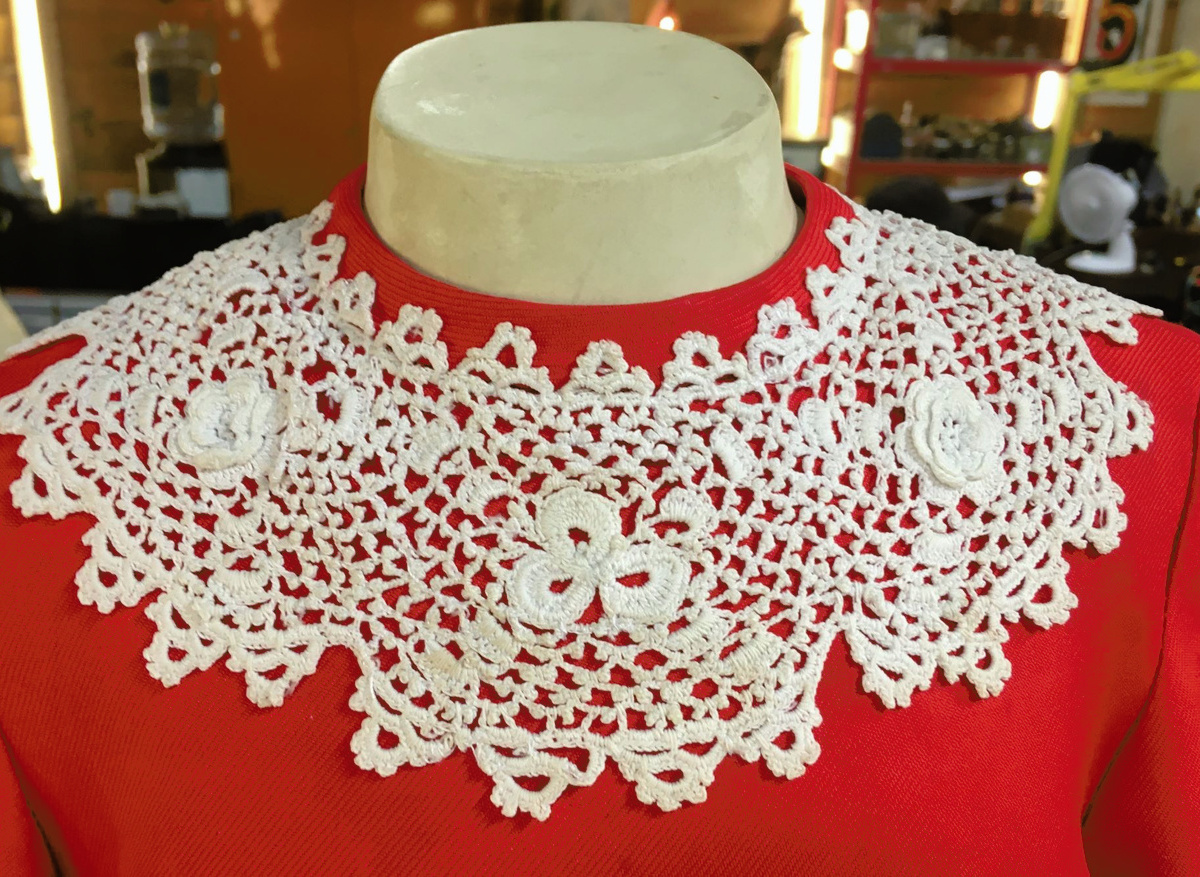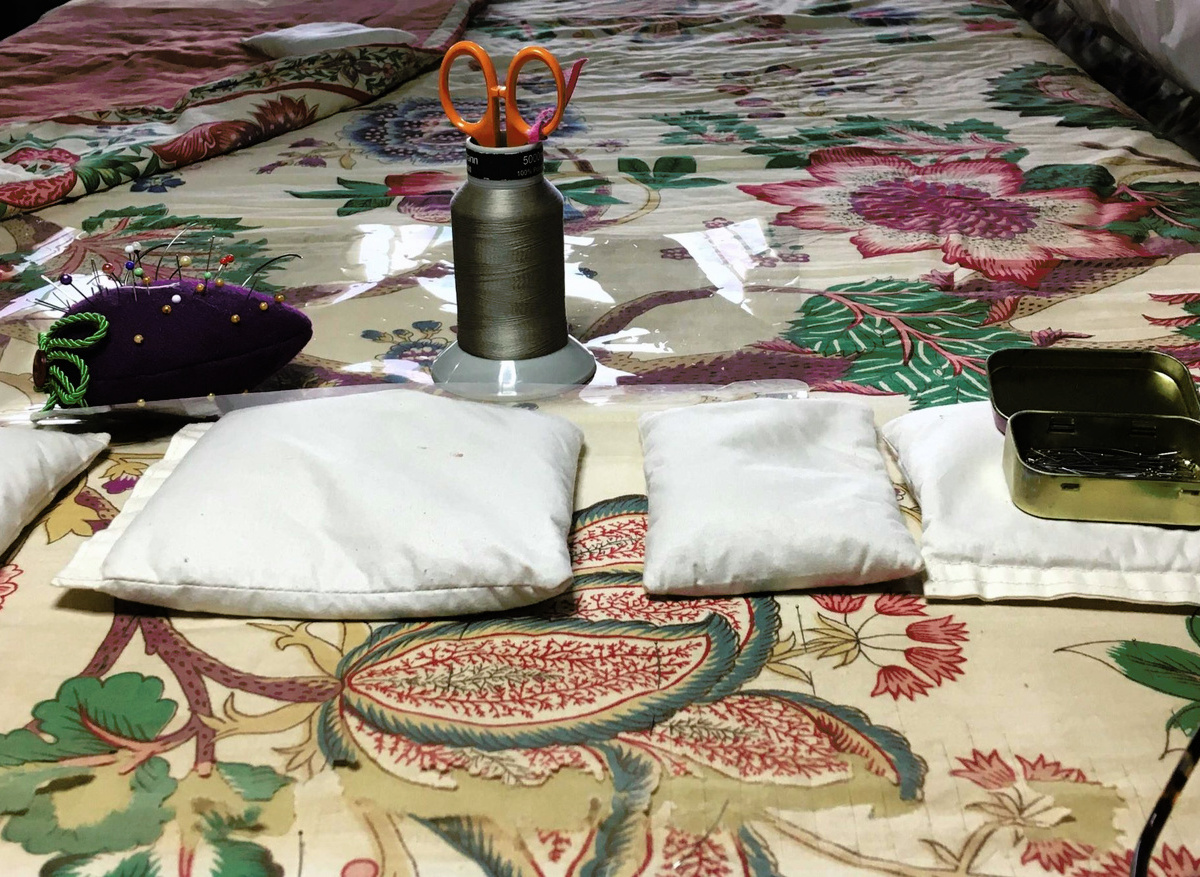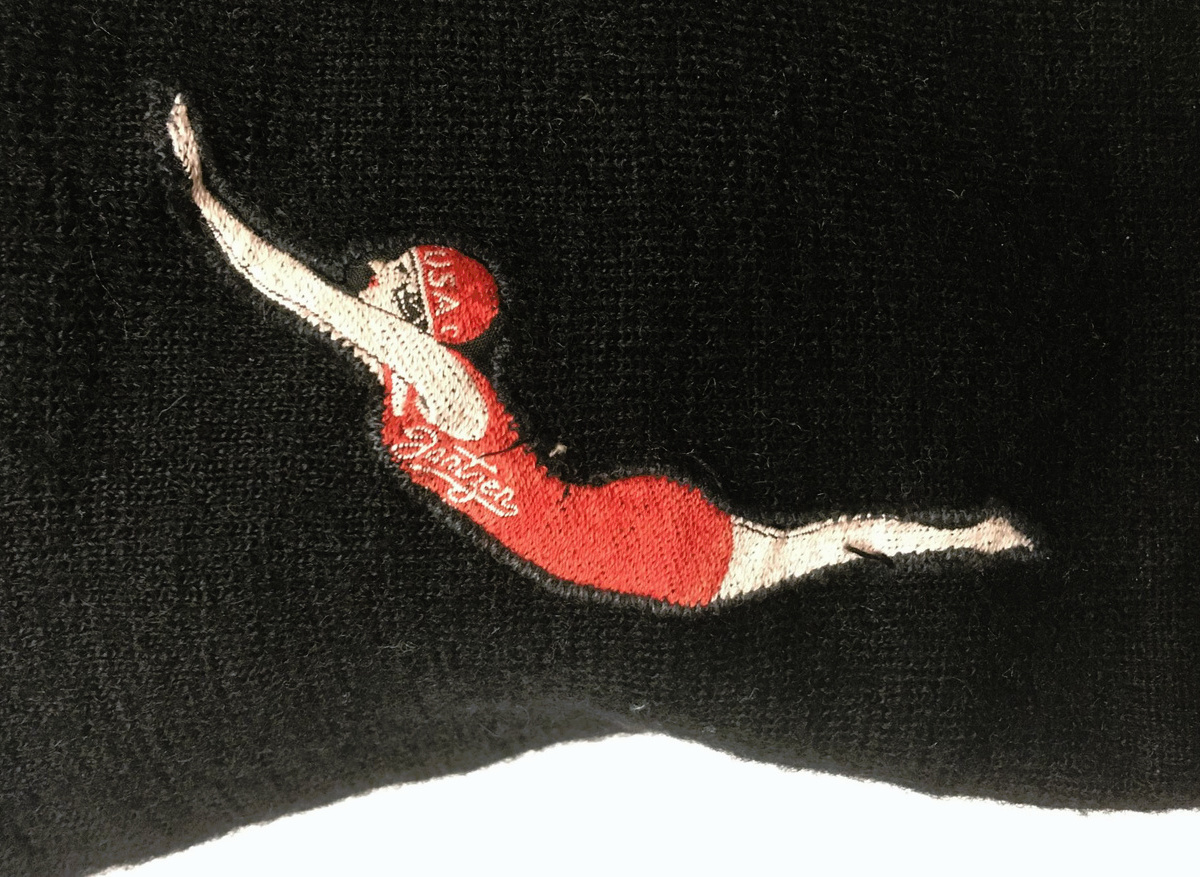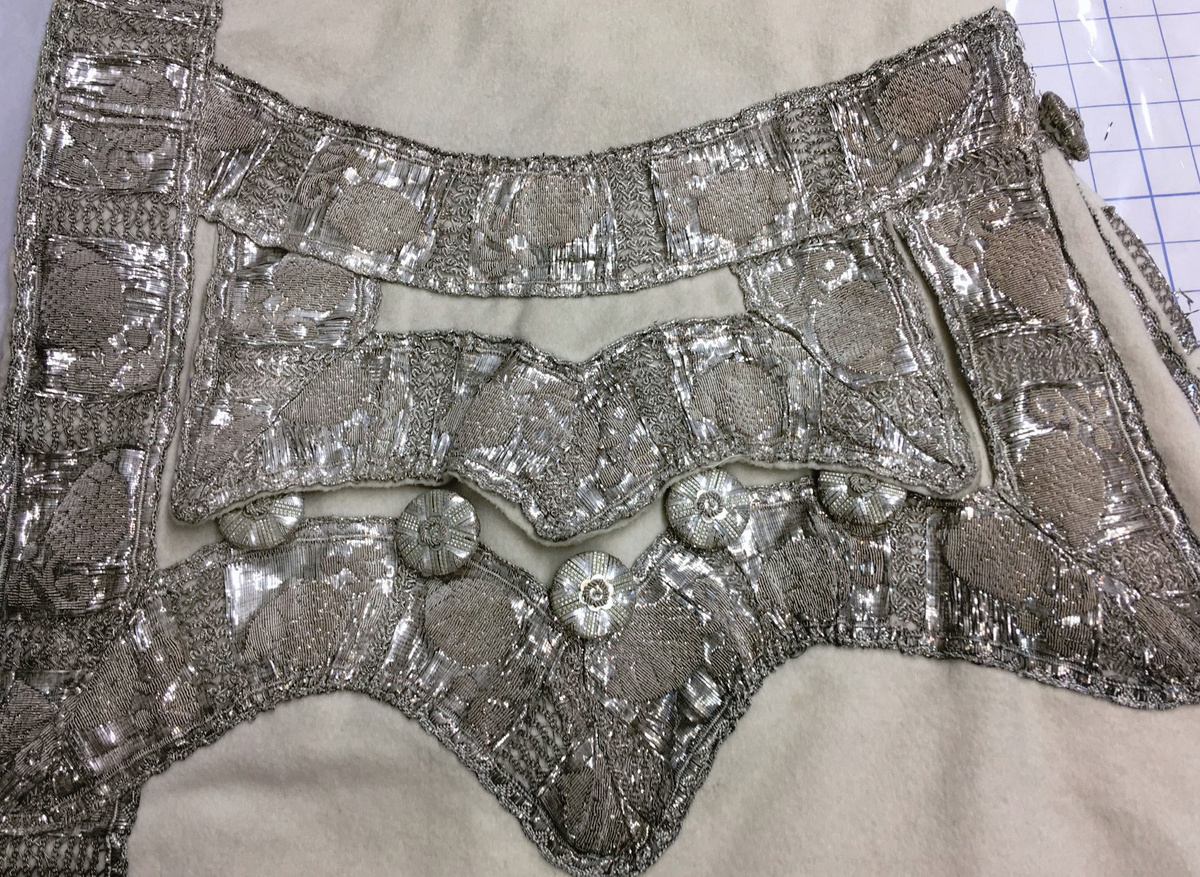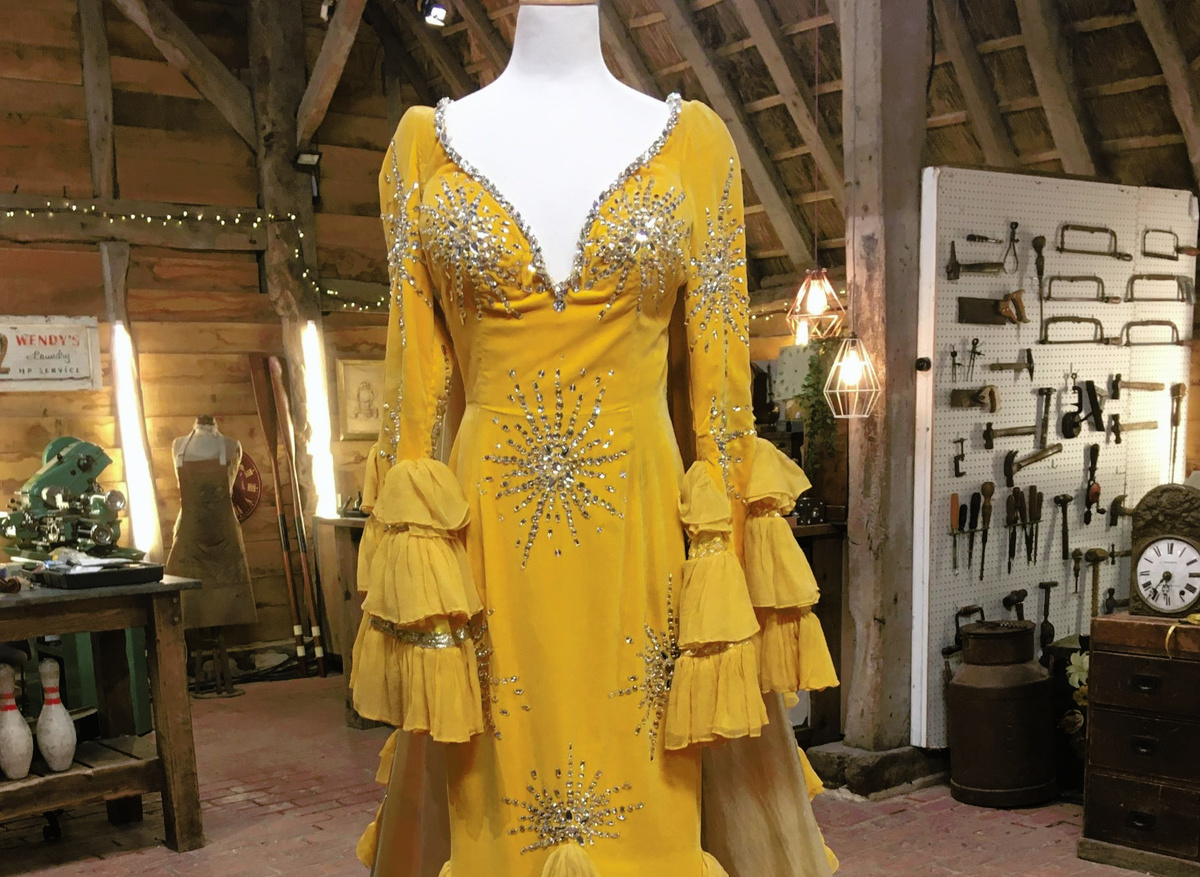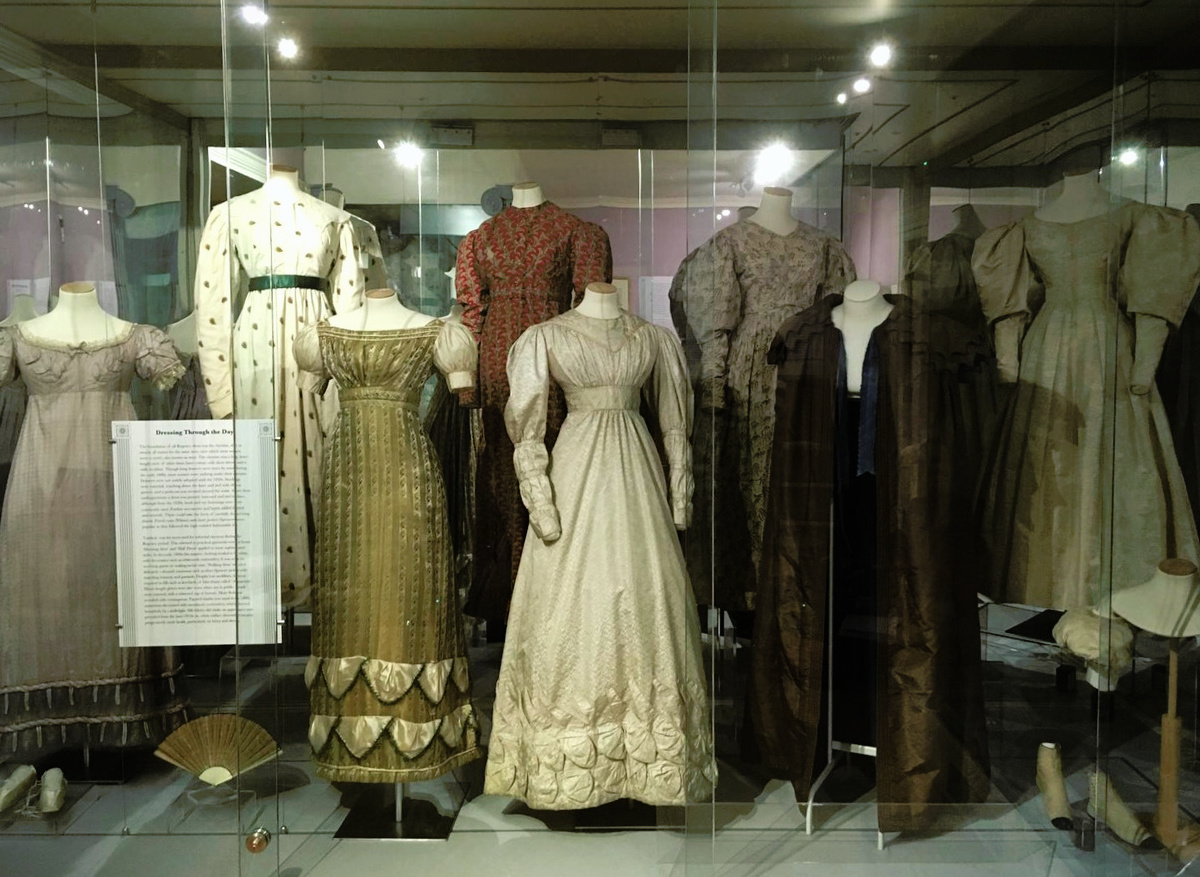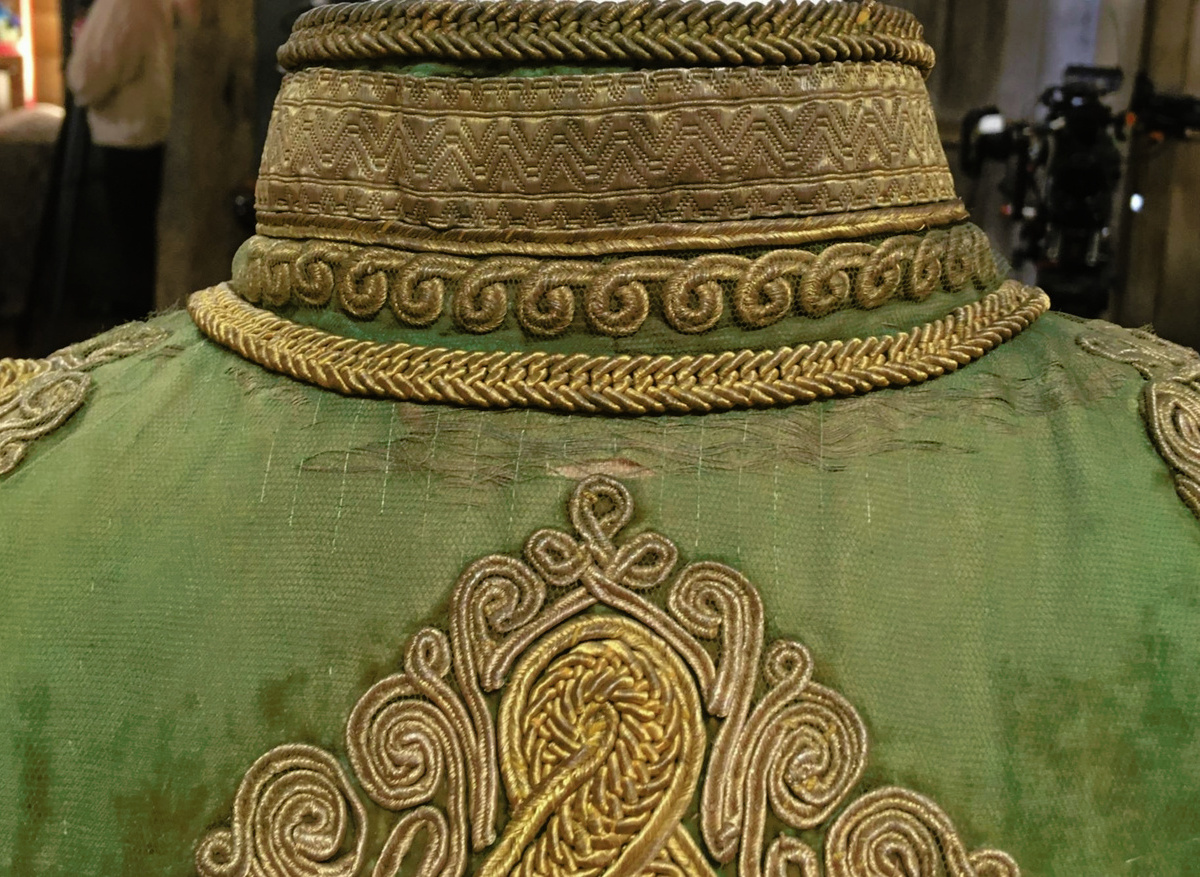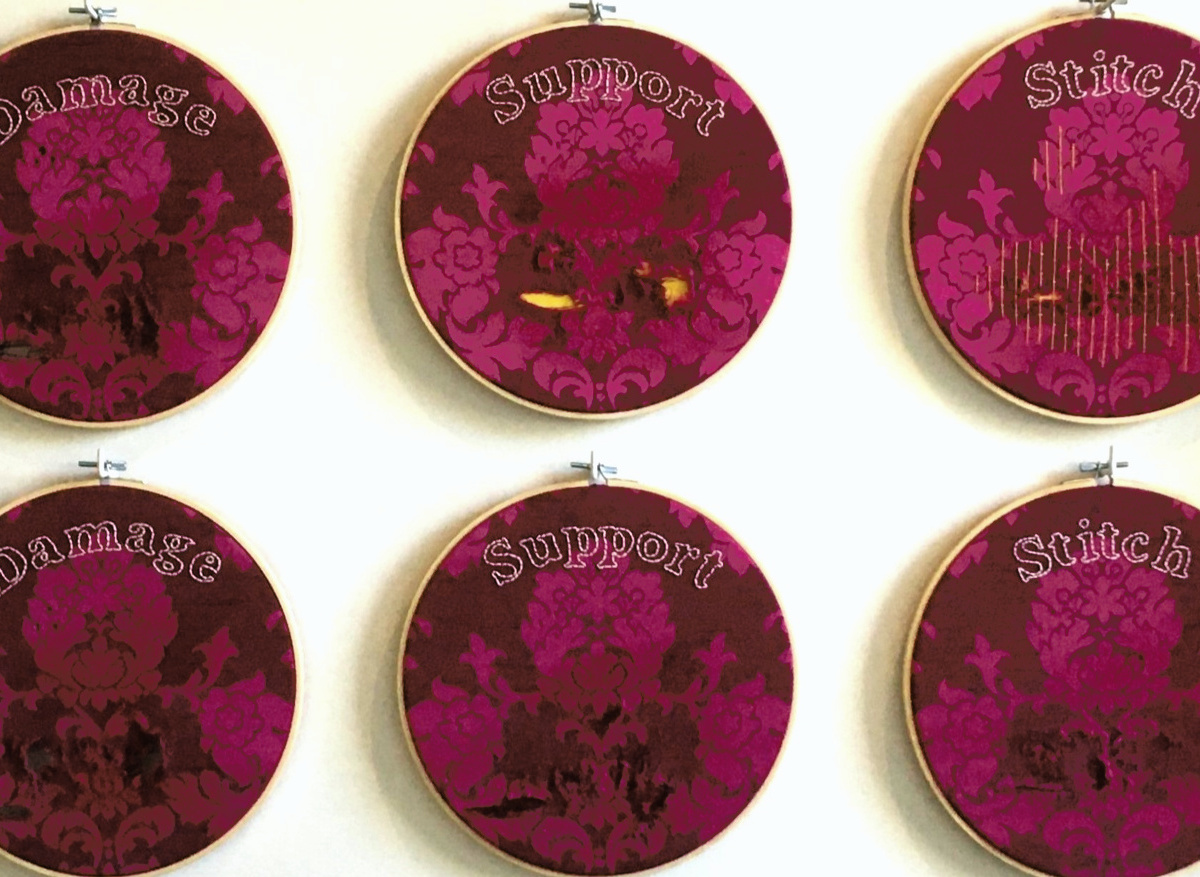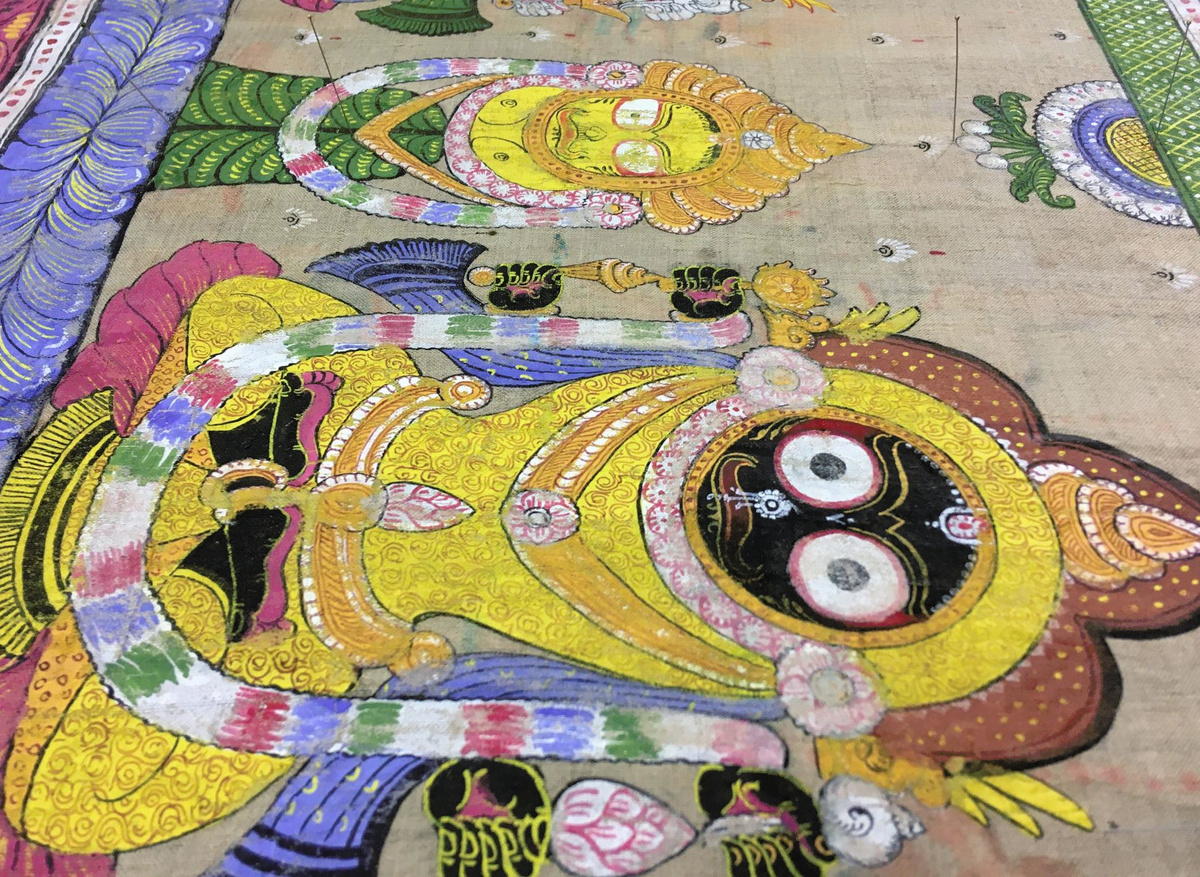I provide a variety of services for the care of textile which may include one or all the following.
Condition checking and surveys - Condition checking of both individual textiles and collections to help determine treatment options, assist with funding applications and devising a roadmap for the future preservation of pieces.
Interventive conservation - Full range of textile conservation treatments including documentation; photography; cleaning; crease removal; conservation support and mounting. The needs of both the object and the client are considered.
Preventive Conservation - Advise on the preventive care of textiles including how to deal with the agents of decay such as pests, light, temperature and humidity as well as guidance on documentation, packing and handling.
Advice and lectures - Training provided for volunteers and staff on how to care for your collection using the resources to hand. Public speaking on conservation, taking a behind the scenes look at some of the objects I have had the privilege of working on.
Tapestry Conservation
Wet Cleaning
Stitch Support
Adhesive Support
Dying
Biography
Rebecca Bissonnet ACR
After completing an apprenticeship at the Royal School of Needlework, Rebecca studied a Master of Art in Textile Conservation, completing her MA in 2003. For 11 years Rebecca worked on short term contracts, both in the UK and abroad. In 2015 Rebecca secured a permanent position at Historic Royal Palaces, where she led a team of conservators, taking care of the state beds and throne canopies In 2021, Rebecca set up her own conservation practice working both in her studio and on site for a variety of institutions, private clients and is an expert on The Repair Shop BBC TV.

